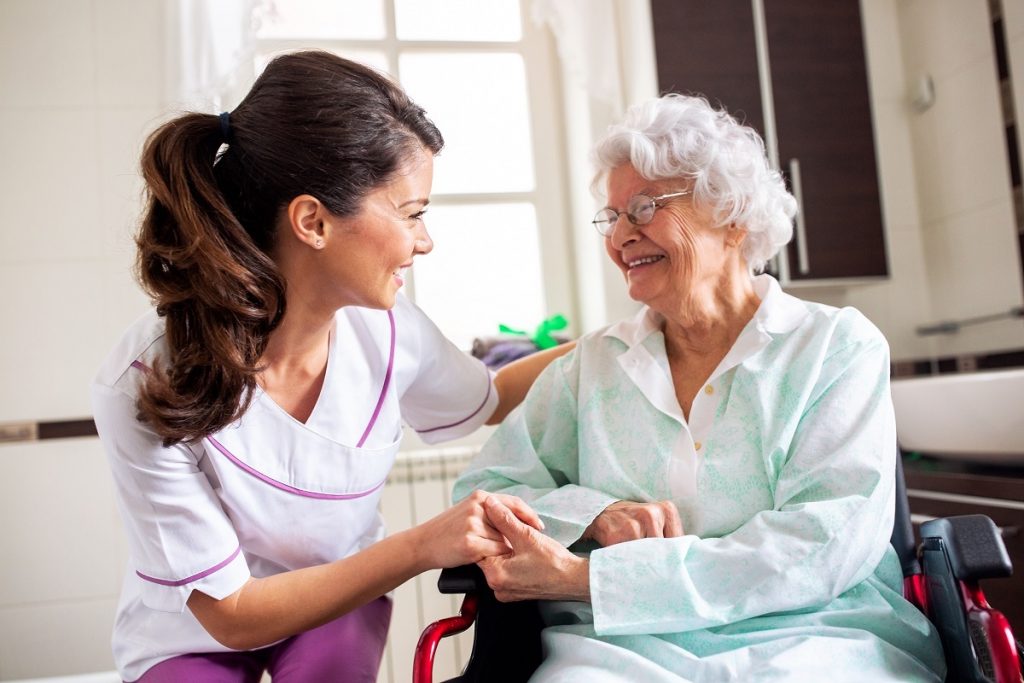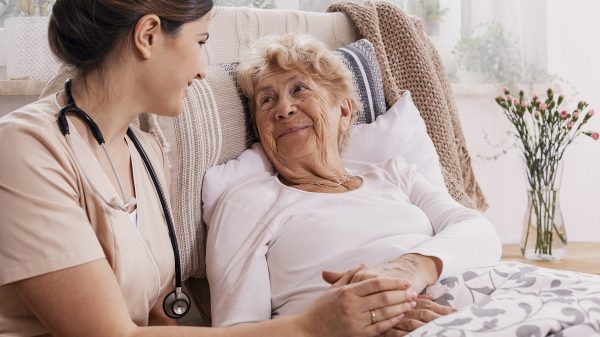

The palliative care center in Los Angeles realizes that heart disease is the number one killer in the United States. However, did you know that heart attack symptoms appear differently between men and women? When a heart attack happens in a woman, it is nothing that you have seen represented on TV or in films such as the infamous clutching of the chest and then collapsing on the floor. In actual fact, what professionals at a hospice in Pasadena and Los Angeles can tell you is that women usually never have chest pain when a heart attack is arising.
General Symptoms Of A Heart Attack
Even though heart attacks can happen in both men and women, there are several symptoms that vary. Carry on below to learn the most common symptoms and unique symptoms experienced by both genders.
General Symptoms
The Centers for Disease Control and Prevention explains that the 5 major symptoms of heart attacks consist of:
- Paint or discomfort in the jaw, neck, or back
- Feeling light-headed
- Chest pains
- Pain or discomfort in arms or shoulder
- Shortness of breath
These symptoms can be found in both men and women. Nevertheless, there are other symptoms that only men experience and that only women experience.
General Heart Attack Knowledge
Based on information from the American Heart Association, 2018 figures reveal that one in every three deaths in the United States is related to cardiovascular disease. Men and women are both vulnerable to having heart attacks.
How Does A Heart Attack Happen?
A heart attack happens when the blood flow that carries oxygen to the heart muscle is significantly reduced or cut off completely. Below is a list compiled by the American Heart Association called “ Life’s Simple 7” to make clear what factors are directly linked with heart attacks.
- Smoking
- Physical activity
- Healthy diet
- Bodyweight
- Control of cholesterol
- Blood pressure
- Blood sugar
It is necessary to work on rectifying any bad habits you may have now, to avoid a future possibility of a heart attack occurring.
Gender-Specific Heart Attack Symptoms
Normally, men are at a higher risk of experiencing heart attacks at an earlier age in life. And the scary part of it all is there may be no symptoms at all. About fifty percent of the men who died suddenly from heart attacks had no symptoms. Plus, more men experience heart attacks than women. Between 70% and 89% of sudden heart attacks are experienced by men.
Women may experience a heart attack without any chest pressure whatsoever. Nonetheless, they may experience nausea or vomiting, which for most of the time gets misdiagnosed as acid reflux or the flu. After menopause, the risk of a heart attack increases for women.
The beginning of a heart attack may happen in men and women at any time, but being aware of the potential symptoms is important for your safety and health. Also, it is recommended to follow “ Life’s Simple 7” as an excellent way to improve yourself and lower the risk of experiencing a heart attack.
Common Heart Attack Symptoms In Women
Most of the time, women ignore heart attack symptoms because they are too busy taking care of others at Los Angeles hospice. Women, and in some cases even their own doctors, blame their symptoms on other less threatening problems such as acid reflux or extreme tiredness. Carers at the Los Angeles palliative care center find this concerning since not comprehending these symptoms could lead to something that is possibly life-threatening.
These are some considerable warning signs for a heart attack in women:
- Weakness or extreme tiredness.
- Excessive sweating even without exercise, or more than normal.
- Pain or burning in the left or right arm, the upper back, neck, throat, jaw, or stomach.
- Restlessness; feelings of anxiety, insomnia, and or an overall feeling of downfall or uncomfortable uneasiness.
- Nausea and vomiting.
- Chest pain or tightening of the chest remains the most common symptom of a heart attack. Uncomfortable pressure, squeezing, fullness, fullness, or pain in the middle of the chest. The pain lasts for more than a few minutes or goes away and comes back.
Although professionals at the palliative care centers believe that chest pain and discomfort are the most common symptom of a heart attack, it is a good idea to be aware of the other symptoms. Women have a higher tendency than men to experience some of the other common symptoms, especially shortness of breath, nausea, vomiting, and back or jaw pain.
Women Are Usually Older Than Men During Their First Heart Attack
Fortunately, women have estrogen that offers some protection from heart disease. However, after menopause, estrogen levels drop, which leaves women more susceptible to heart attacks. For this reason, the average age for a heart attack in women is 77 years of age, while in men it is 66 years of age.
Coronary Artery Disease In Women is Harder To Detect
An angiogram that is taken during cardiac catheterization is the best way of finding narrowings or blockages in the heart’s large arteries.
However, coronary artery disease in women affects the small arteries, which cannot be viewed clearly on an angiogram. For this reason, women are usually given the “all clear” signal after an angiogram and carry on having symptoms should visit a cardiologist who specializes in women with heart disease.
A Heart Attack Is Harder On a Woman Than On A Man
Women don’t usually do as well as men after a heart attack. They sometimes need a longer hospital stay, and they are most likely to die before leaving the hospital.
This could be because women who have a heart attack have more untreated risk factors such as diabetes or high blood pressure. Some of the time, it could be because they put their families before them and don’t take care of themselves.
Unfortunately, due to the fact that heart attack symptoms are usually different for women compared to men, they generally get disregarded. If you or a loved one is showing signs, go see your physician right away. Addressing signs of a heart attack early on can allow for faster treatment that could save a life.



